Meeting Tony Bennett
A brief encounter with the legendary singer at the 50th anniversary of the March on Washington
Maneuvering through the crowd of more than 100,000 that had gathered all around the National Mall, all the way east to the base of the Washington Monument, I got stuck behind an older, curly haired gentleman wearing a dark blue suit.
He was walking near the side of the Lincoln Memorial and was stopped at every turn by people wanting to say hello.
Before I saw his face, I tried to get past him. Then he turned and said, as if on cue, “I’m sorry. Please go around me.”
It was Tony Bennett. All I could muster was “Thank you.”
The date was August 24, 2013. The occasion was a celebration for the 50th anniversary of the March on Washington. Bennett, then 86 and at the height of a remarkable second career no one had imagined, performed at the gathering. I was taking photos at the event, having secured a media pass.
After Bennett finished a short set, in which he performed a couple of songs (yes, he did that one), I saw him again, snapped a few pictures, and shook his hand. He was unfailingly polite, even though I worried about an 86-year-old man in a suit standing in the bright sunshine on a toasty August day.
Bennett didn’t break a sweat.
Role in Civil Rights
The 50th anniversary celebration featured speeches from John Lewis, at the time the only surviving speaker from the 1963 march, as well as Martin Luther King III, then Attorney General Eric Holder, Cory Booker (then mayor of Newark, N.J. and soon to be a U.S. senator), and the Rev. Al Sharpton, whose organization set up the event. Jesse Jackson was holding court with the media, and Danny Glover was among those in the audience.
While a celebration — the official observance, which featured a speech by President Obama, was held four days later — it occurred during a charged time. The previous month, the U.S. Supreme Court had dismantled an enforcement provision of the Voting Rights Act. Soon after, George Zimmerman was acquitted by a Florida jury over the killing of Trayvon Martin, a black teenager.
Initially, I wondered why Bennett performed at the event, then learned more about his role in the Civil Rights Movement. He became an activist after seeing racism close up while in the Army during World War II and in the 1950s when he saw Nat King Cole and Duke Ellington denied entry to concert hall dining rooms and hotels because of their skin color.
In 1965, he walked next to the Rev. Martin Luther King Jr. at the start of the Selma to Montgomery voting rights march, then went on to the final destination to sing for the protestors with Ella Fitzgerald, Joan Baez, Sammy Davis Jr., Mahalia Jackson, and Pete Seeger, among others. Years later, he received the Citizen of the World Award and Humanitarian Award from the United Nations for his civil rights work.
Bennett died on Friday, two weeks before his 97th birthday. Remarkably, despite an Alzheimer’s diagnosis, he continued performing his sets of classic standards until age 95, when he and Lady Gaga played one last show at Radio City Music Hall.
To read more about Bennett’s civil rights work, take a look at this Washington Post article.
Here are a few photos from the rally. To see more of my photos from that day, go here.
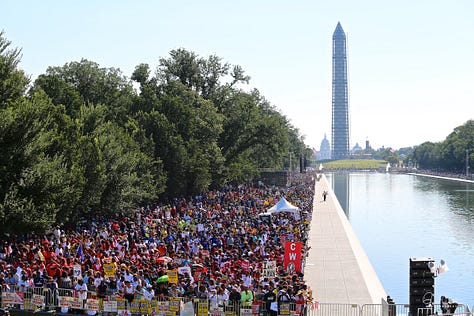
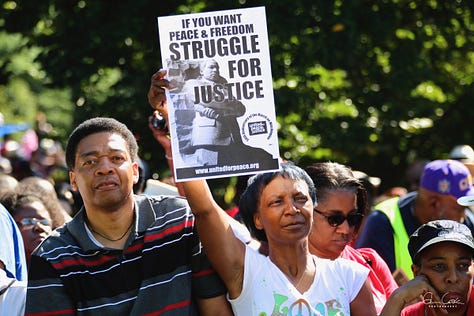
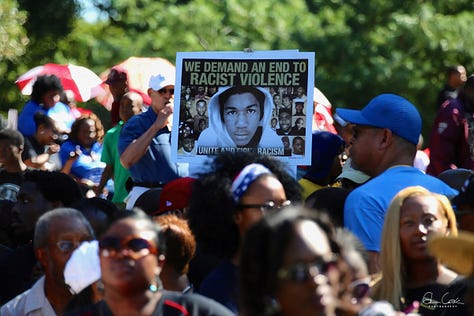
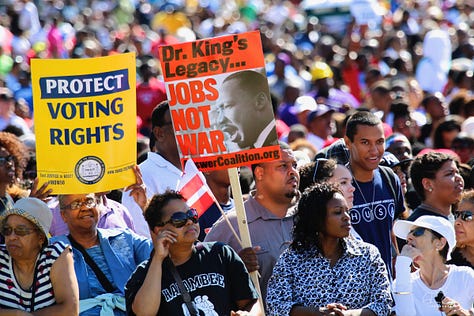
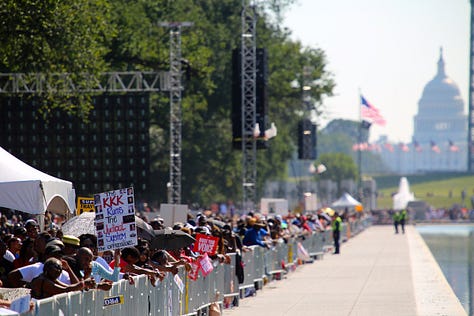
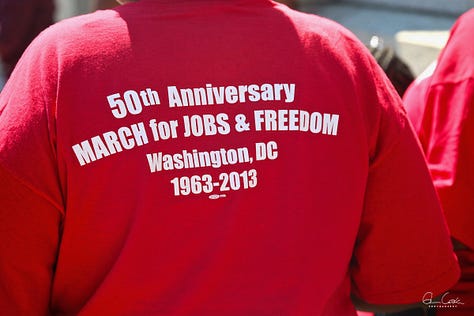



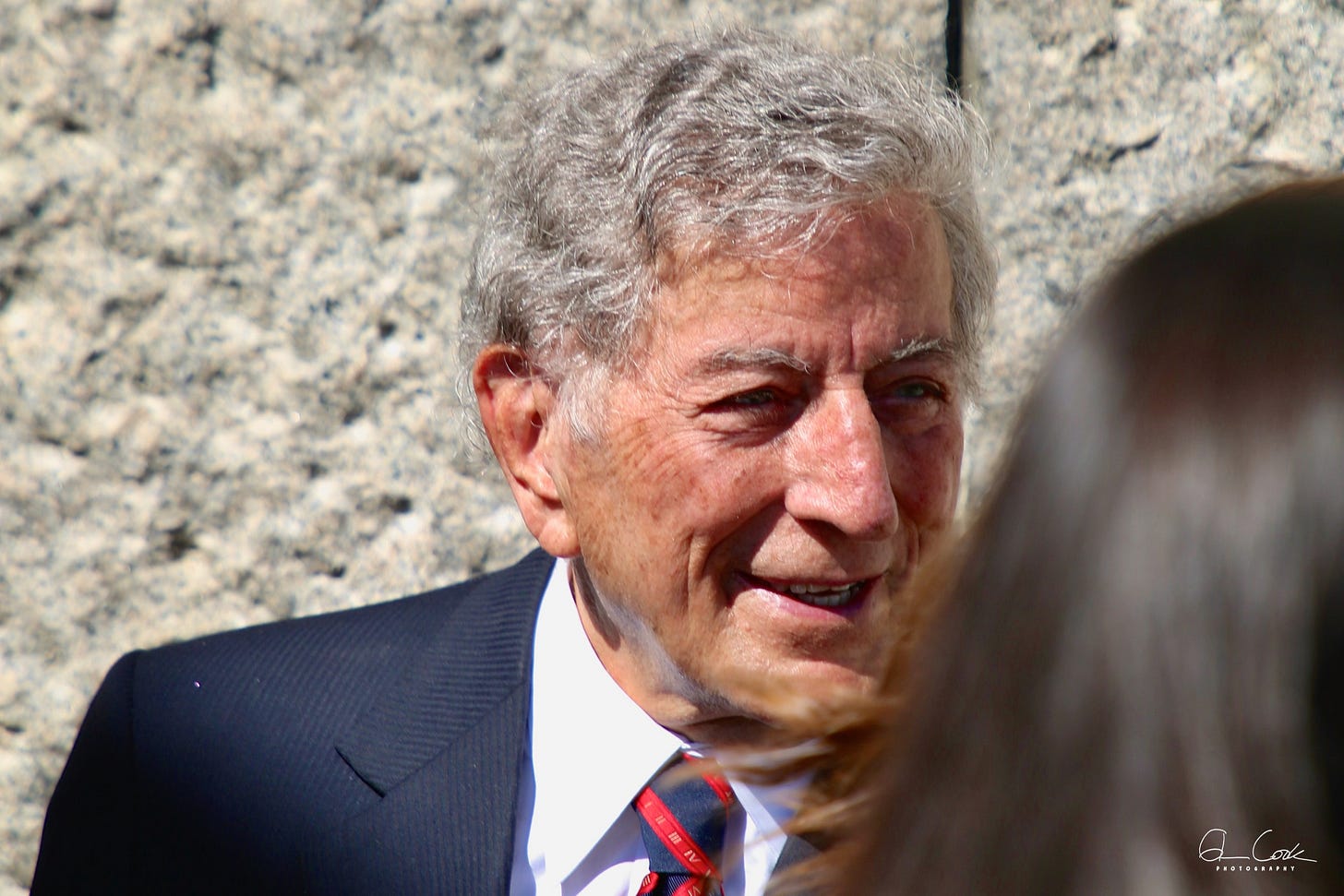

Truly a great memory.
A priceless memory!